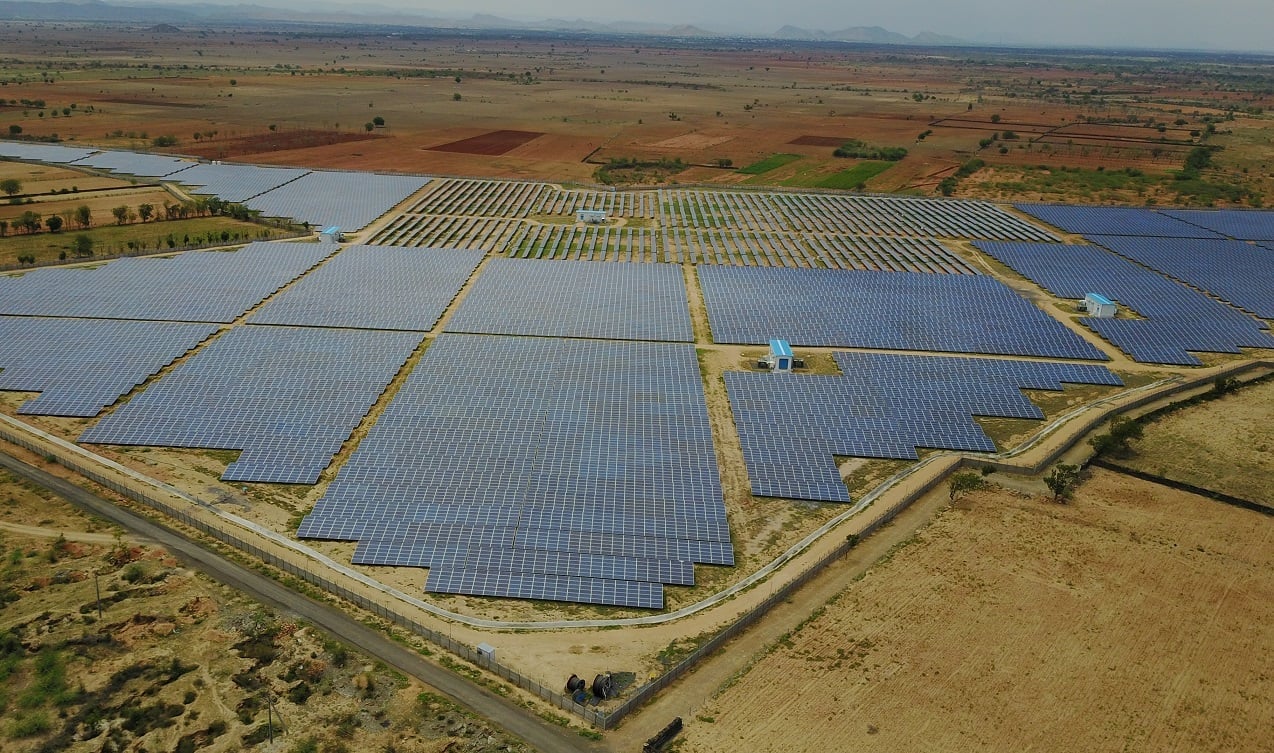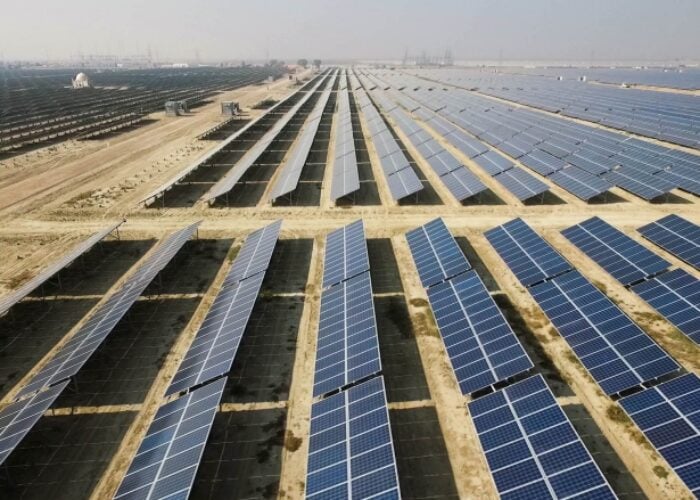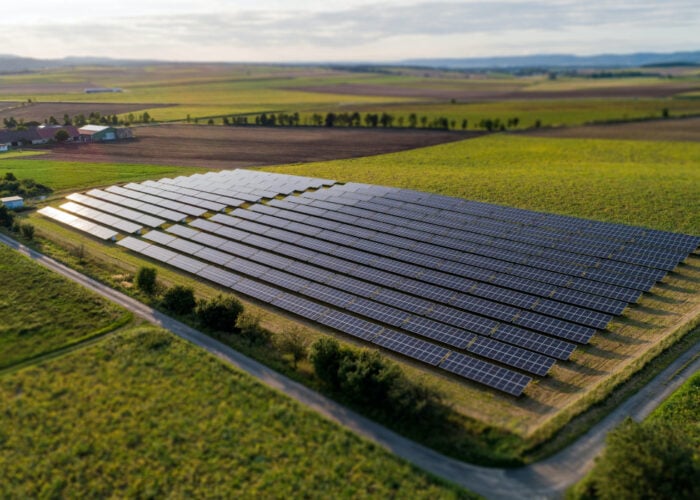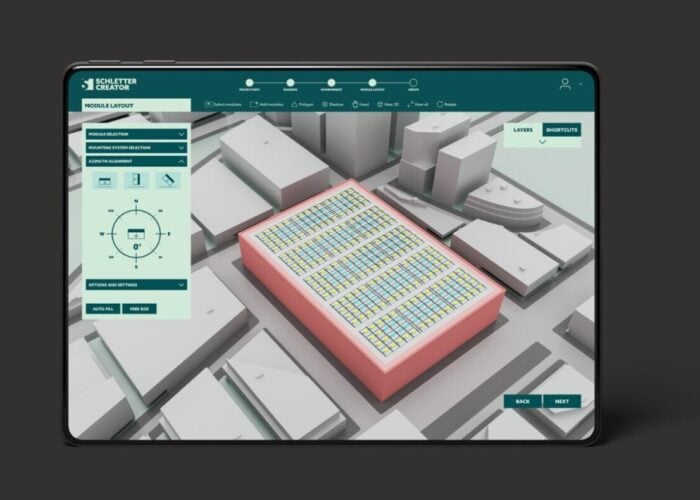
India has added a record 25.2GW of solar PV capacity in 2024, according to a report from Mercom India Research.
This represents a 204% increase from the 8.3GW of solar PV additions registered in 2023, the research firm said. Solar PV accounted for the majority (73%) of India’s new power capacity added in 2024.
Unlock unlimited access for 12 whole months of distinctive global analysis
Photovoltaics International is now included.
- Regular insight and analysis of the industry’s biggest developments
- In-depth interviews with the industry’s leading figures
- Unlimited digital access to the PV Tech Power journal catalogue
- Unlimited digital access to the Photovoltaics International journal catalogue
- Access to more than 1,000 technical papers
- Discounts on Solar Media’s portfolio of events, in-person and virtual
Or continue reading this article for free
Mercom’s solar PV installations for 2024 are more or less on par with data from energy consultancy JMK Research which registered 24.5GW of Indian PV additions last year.
Utility-scale solar accounted for the bulk of PV additions in 2024 with 22GW, up 235% from the 6.6GW installed in 2023.
Three states accounted for two thirds of the capacity additions in 2024, which are Rajasthan, Gujarat and Maharashtra. These states accounted for 32%, 27% and 8%, respectively.
These are also the three states which accounted for the most solar installations in the last quarter of 2024, with 44%, 17% and 9% respectively.
During the last quarter of 2024, India installed 7.8GW of solar PV, more than doubling the 3.6GW of installed solar during Q3 2024 and a more than 300% increase year-on-year, as shown in the chart above.
Utility-scale solar projects accounted for 6.5GW of the additions in Q4 2024, while rooftop solar projects added a record 1.3GW. The cost of large-scale solar projects rose by 2% quarterly but fell by more than 8% yearly.
Co-locating solar with ESS
Cumulatively, India has installed 98.7GW of solar PV as of the end of 2024, according to Mercom, however the Ministry of New and Renewable Energy (MNRE) recently announced that the country had passed the 100GW milestone of operating solar PV.
After a disappointing 2023 with only 8.3GW of solar PV additions, last year saw stellar growth, much needed in order for the country to reach its target of installing 500GW of non-fossil fuel generation capacity by 2030. Recently, the MNRE announced that the country had passed the 200GW renewable energy capacity milestone in October 2024. At the time, solar PV represented the highest share of renewables operational in the country with 92.1GW, nearly doubling the installed wind capacity, which sat at 47.7GW.
However, the country will need to further accelerate the installation of solar PV beyond the 25GW registered in 2024 if it aims to achieve its target of 185.6GW solar PV installed by 2027 (Premium access). Otherwise, it risks falling short of its target.
Moreover, as the country continues to increase operational solar PV capacity, the government aims to boost the co-location of solar PV with energy storage systems (ESS). Earlier this month, the Indian Central Electricity Authority advised state utilities and all renewable energy implementing agencies to co-locate (a minimum of) 2-hour duration ESS with solar PV in future tenders, equivalent to 10% of the installed solar project capacity.
Implementing this measure would not only mitigate intermittency issues and providing critical support during peak demand periods, while also adding nearly 14GW/28GWh of storage by 2030.
India tendered a record 79.3GW of utility-scale solar projects in 2024, up by 39% year-on-year when the country tendered 57GW in 2023. Capacity auctioned more than doubled between 2023 and 2024, going from 22.2GW to 48.1GW.







